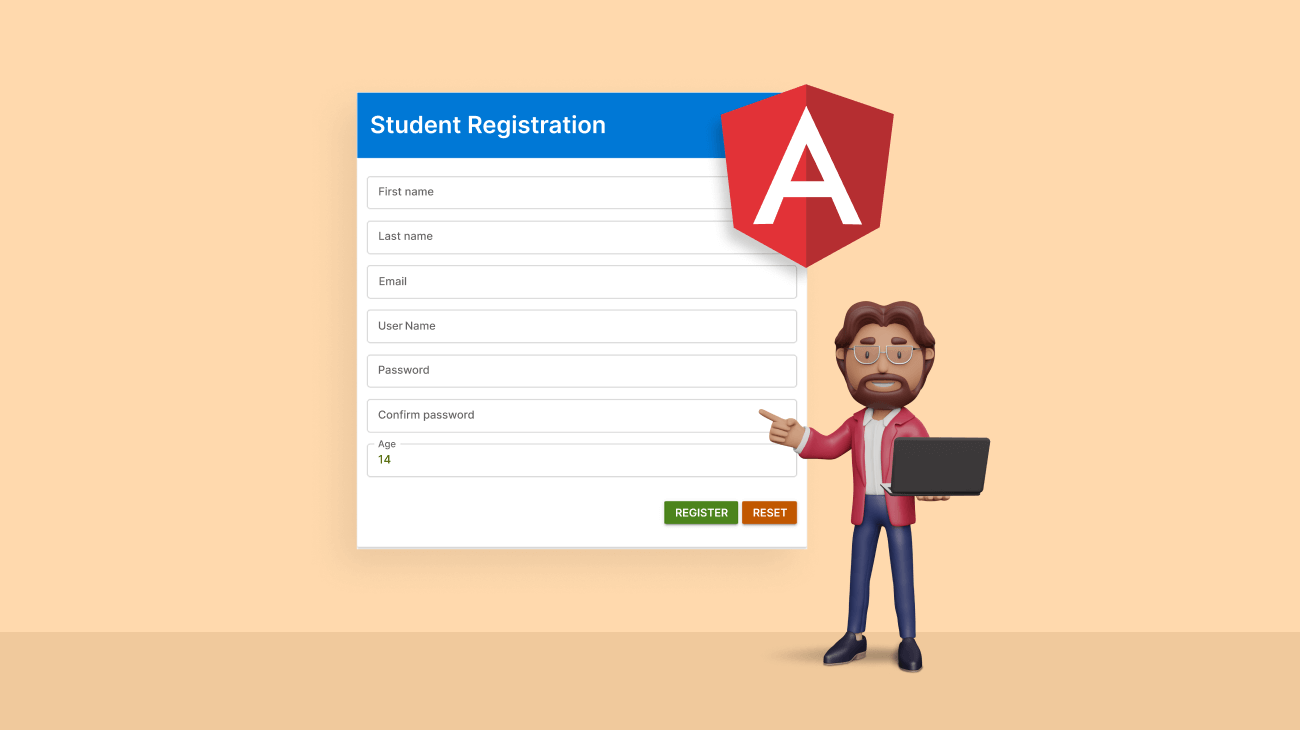In the world of web development, Angular stands out as a powerful framework for building dynamic and interactive web applications. If you're working with Angular, ensuring proper email validation in your forms is paramount. In this comprehensive guide, we'll explore various techniques and best practices for adding email validation in Angular applications. Whether you're a beginner or a seasoned Angular developer, this guide will help you master the art of email validation.
Understanding the Significance of Email Validation
Email validation is a crucial aspect of web development. It not only ensures the accuracy of the data you collect but also enhances the overall user experience. Let's delve into why email validation is essential:
Data Accuracy: Valid email addresses improve the quality of user data, preventing inaccuracies in your database.
User Experience: Real-time email validation provides immediate feedback to users, making your forms more user-friendly.
Security: Proper email validation is vital for user authentication, communication, and overall application security.
Basic Email Validation in Angular
Let's start by exploring the fundamentals of email validation in Angular. We'll cover how to set up a simple Angular form with email validation using template-driven forms and reactive forms. You'll learn to create form controls, apply validators, and handle validation errors gracefully.
Advanced Email Validation Techniques
While basic email validation is essential, you may encounter scenarios that demand more advanced techniques. We'll explore:
Custom Validators: Create custom validation functions to meet specific email validation requirements, such as domain validation.
Debouncing: Implement debouncing to reduce the frequency of validation checks and enhance user experience.
Real-Time Validation: Provide users with real-time feedback on email validity as they type, improving the overall form interaction.
Optimizing User Experience
Email validation isn't just about correctness; it's also about delivering a seamless user experience. We'll discuss:
Error Messages: Customize error messages to provide meaningful feedback to users.
Visual Indicators: Add visual cues to indicate valid and invalid email inputs.
Accessibility: Ensure that your email validation implementation is accessible to all users.
Testing Email Validation in Angular
Testing is a crucial aspect of any development process. We'll cover testing strategies and tools to validate your email validation logic thoroughly. Discover how to write unit tests for your Angular email validation code.
Common Challenges and Solutions
As you work on implementing email validation in Angular, you may encounter common challenges. We'll address these challenges and provide practical solutions, saving you time and effort.
Frequently Asked Questions
1. Can I use regular expressions for email validation in Angular?
- Yes, you can use regular expressions for email validation in Angular. We'll provide examples and best practices in this guide.
2. How can I prevent email domains from disposable email services in Angular?
- You can implement domain-specific validation to restrict registrations to specific email domains, including blocking disposable email services.
3. Are there any third-party libraries or packages for email validation in Angular?
- While Angular provides built-in validators, you can explore third-party libraries like ng2-validation for additional validation capabilities.
4. Is real-time email validation resource-intensive in Angular?
- Real-time email validation can be resource-intensive if not implemented efficiently. We'll cover optimization techniques in this guide.
5. Can I use Angular's reactive forms for complex email validation scenarios?
- Yes, Angular's reactive forms are well-suited for complex email validation scenarios. We'll provide examples of how to implement these validations effectively.
In conclusion, mastering email validation in Angular is crucial for ensuring data accuracy and delivering a seamless user experience. This comprehensive guide will equip you with the knowledge and skills needed to implement robust email validation in your Angular applications. Say goodbye to invalid email addresses and hello to forms that work flawlessly in your web projects.



